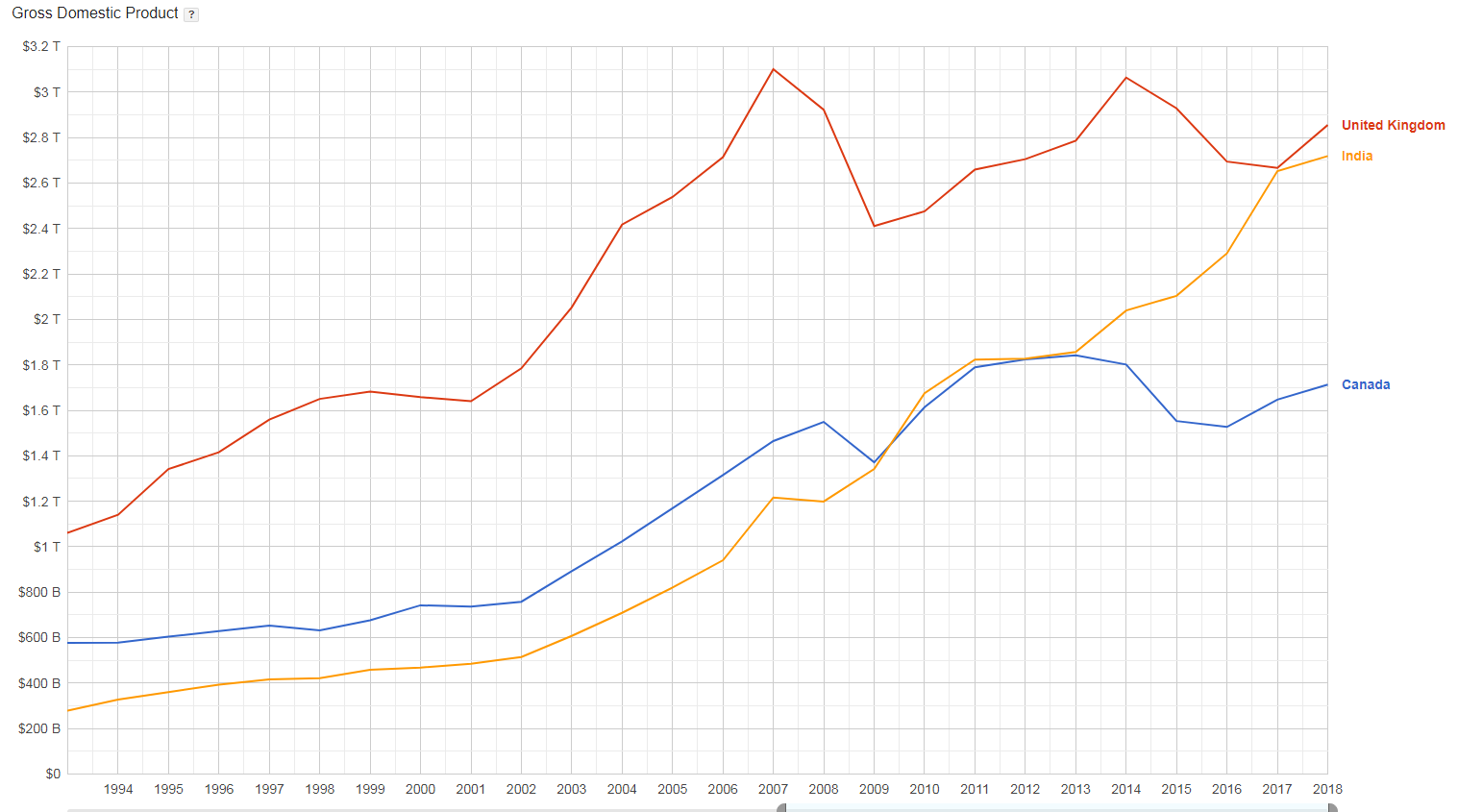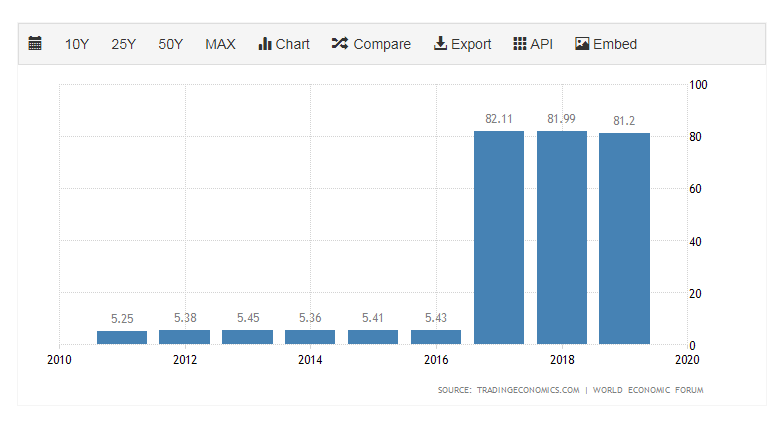Introduction
The UK automotive industry has been playing a vital role in the economic growth of the state and its business development, and Rolls Royce is an essential part of the UK car manufacturing legacy. After Rolls Royce had garnered enough public praise and attention as a luxurious brand, the company reached tremendous acclaim, enjoying global success (“UK Automotive,” 2020). However, with the rise in competition, introduction of hybrid cars, and, most importantly, the recent economic collapse caused by a combination of Brexit and the pandemic, the company has been facing major threats. This paper will examine the key features of the current UK economy, the factors that shape the development of the UK automotive industry, and the opportunities that Rolls Royce can pursue in the UK economic setting in order to remain a viable brand. Apart from the structural changes that Rolls Royce has been seeking to apply recently, the company will also have to invest in its R&D, paying particular attention to innovative solutions such as the recent UltraFan project.( Kaminski-Morrow, 2020) With a combination of a strategy aimed at curbing the costs and close attention paid to latest technological prospects, the company can avoid the economic crisis that the current UK market challenges will entail.
Recent Economic Performance of the UK (2008 – Present Day)
The general economic development within the UK has been mostly unimpressive compared to the previous records. Until the decision to exit the European Union [EU], which would, later on, lead to coining the term “Brexit,” the UK had been showing rather unremarkable economic development.
Considering the era immediately after 2008 in the UK economic progress, one must mention the notorious era of recession, which led to bankruptcy for multiple businesses and the rise in the public debt (“Employment in the UK: April 2020,” 2020). As a result, the UK economy plummeted, causing multiple organizations to experience tremendous challenges. As the GDP rates of the UK from 2008 to 2020 demonstrate, the few efforts take by the government to adjust the situation and revive private business have been of varying effect.

As the chart above shows, the 2008 economic shock, which the UK sustained at the time, was almost immediately followed by the rising controversy in international relationships. Namely, the policy that the UK was adopting toward the EU and its role in British economics and business defined the decision to exit the agreement, which led to the infamous Brexit (Figus et al., 2018). The resulting loss of multiple economic ties and the increase in financial, legal, and economic challenges suffered by UK businesses defined the current state of uncertainty (Figus et al., 2018). Therefore, the changes observed in the economic setting of the UK since 2008 can be defined as highly unfavorable for the development of UK entrepreneurship.
Employment
The employments issues that the UK has had to face since 008 have also been quite consistent, even though the extent to which the UK has suffered the descried challenges varies from one concern o another. As the chart below shows, the problem of unemployment rates has been an issue even before 2008, yet the financial crisis observed at the time is typically compared to the Great Depression for a reason. Namely, the rates of unemployment dropped from 72.9% in 2007 to 70.3 in 2010, causing a noticeable increase in the extent of economic recession within the state. Due to the rise in unemployment rates, the levels of social security plummeted, whereas the levels of poverty increase rapidly (Figus et al., 2018). Therefore, the problem of unemployment quickly became one of the key markers of the economic crisis observed in the UK after the drastic events of 2008 (Figus et al., 2018). Despite the experience gained in 2008 when fighting the challenges that the crisis of the time implied, the problems that the new economic concern entailed has sent ripples across the entirety of the UK.
Global Competitiveness Index
Overall, economic performance indicators, including the ones such as the Global Competitiveness Index (GCI), have changed quite drastically in the UK since 2008, showing a slight improvement, yet indicating an overall downward tendency. The changes in the GCI are particularly emblematic of the issues experienced by the UK residents. Namely, the GCI of the UK has dropped
Thus, the general economic environment observed in the UK after 2008 and with the choice of Brexit as the solution to the EU situation, has been dire for the most part. The global crisis observed presently, particularly the development of a pandemic that has defend massive global restrictions on trade and interactions, in general, has not added to the improvement of the situation, either. Therefore, the existing economic concerns raised within the UK market setting, are quite legitimate. Moreover, the development of a competitive advantage is excruciatingly difficult at the specific time period, which is why the UK should be granted for retaining its positive reputation in the automotive industry. Thus, the company should consider adjusting to the existing market forces shaping the target environment and leading to the aggravation of the present economic conditions.

References
Employment in the UK: April 2020. (2020). Web.
Figus, G., Lisenkova, K., McGregor, P., Roy, G., & Swales, K. (2018). The long‐term economic implications of Brexit for Scotland: An interregional analysis. Papers in Regional Science, 97(1), 91-115.
Gross Domestic Product. (2020). Web.
Kaminski-Morrow, D. (2020). Rolls-Royce explores new approaches to UltraFan and spare-engine activity. Web.
UK automotive. (2020). Web.
United Kingdom Competitiveness Index. (2020). Web.